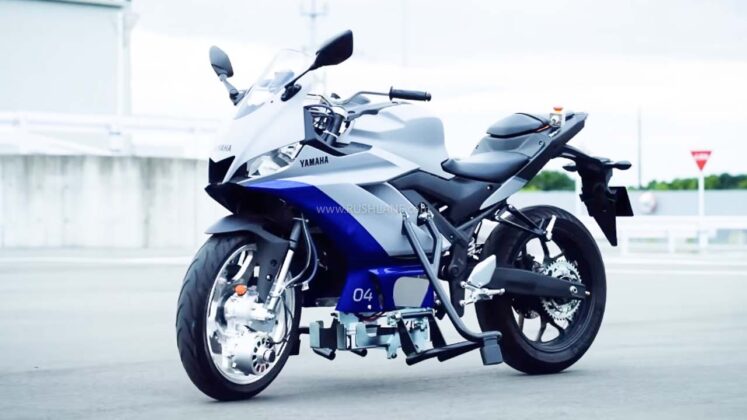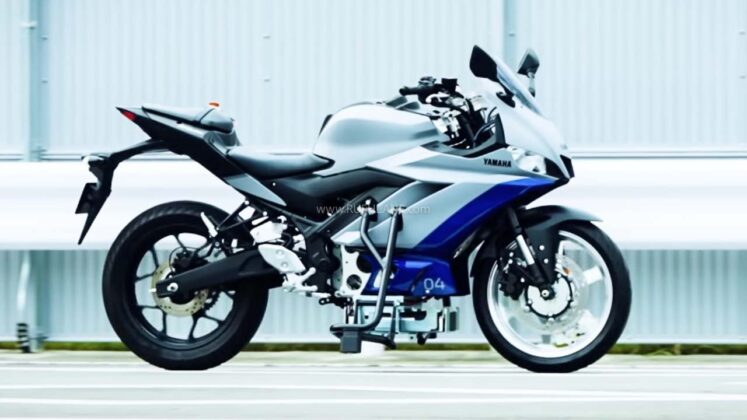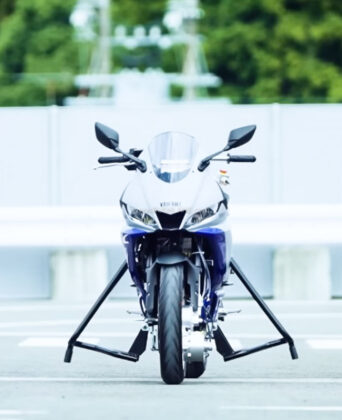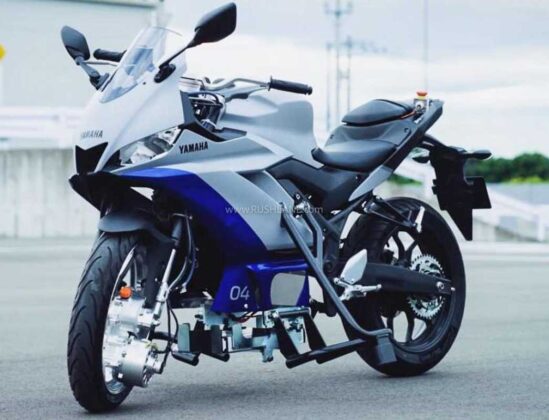OEMs like Honda and BMW have also showcased their respective motorcycle self-balancing systems in the past, but a production version remains elusive

Aiming to reduce motorcycle-linked fatalities to zero by 2050, Yamaha has unveiled its self-balancing system. The self-balancing system is a key component of Yamaha’s Advanced Motorcycle Stabilisation Assist System (AMSAS). Yamaha essentially wants to create an accident-free world for its users, which is part the company’s Jin-Ki Kanno x Jin-Ki Anzen Safety Vision.
Yamaha is testing its self-balancing tech on a R25. It will be prudent to not expect a launch soon, as the tech will require more time to be perfected. Performance in real-world conditions with chaotic traffic is where things can become a bit complicated. However, if all tests are successfully passed, Yamaha will be looking to introduce the self-balancing tech to several of its bikes.

Yamaha self-balancing tech – How it works?
Yamaha’s self-balancing tech works by stabilizing the vehicle’s tilt at low speeds. For controlling the driving forces and steering forces, motor actuators have been installed on the front wheel and handlebars, respectively. The actuators are in turn controlled by a 6-axis Inertial Measurement Unit (IMU). The system allows the bike to be automatically stabilized at low speeds. The test vehicle can even be seen moving forward without the rider.
When starting the bike or stopping, the stability is provided by the actuator installed on the front wheel. Once in motion and up to around 5 kmph, the stability is provided by the actuator fitted to the handlebars. In essence, the self-balancing system can perform at walking speeds. In such scenarios, no rider input will be required.
Yamaha’s self-balancing tech is currently at mid-development stage. It is one of the several rider assistance systems being developed by the company. A relevant example is radar-linked Unified Brake System seen with the Tracer 9 GT+. Apart from motorcycles, Yamaha has plans to introduce its self-balancing tech for various other personal mobility applications such as bicycles. Miniaturization of the components will be targeted accordingly, wherever feasible.
How can self-balancing tech be useful?
A self-balancing system can be a great asset for shorter individuals or users who find it difficult to manage the weight of the bike at starting and stopping. It will also be useful for learners, as there will be reduced risk of the bike topping over. Some segments of users with physical disabilities can also benefit from a self-balancing motorcycle.
As self-balancing tech could be the next big thing in the world of two-wheelers, a lot of research is being conducted in this space. Earlier this year at 2023 Auto Expo, Liger Mobility had showcased its Liger X and Liger X+ self-balancing electric scooters. The scooter was able to self-balance itself without any inputs from the rider. Bookings for Liger self-balancing electric scooter are expected to commence later this year. Deliveries will begin by end of this year.












